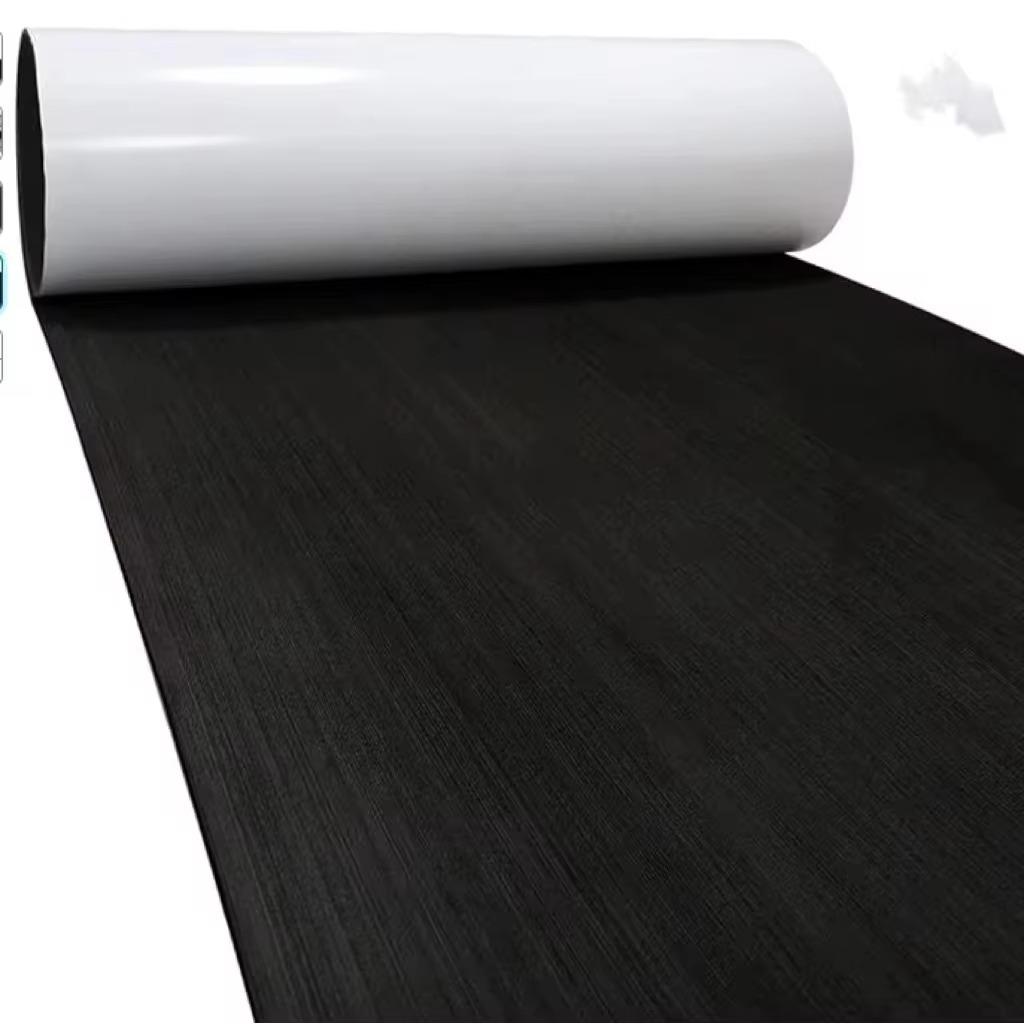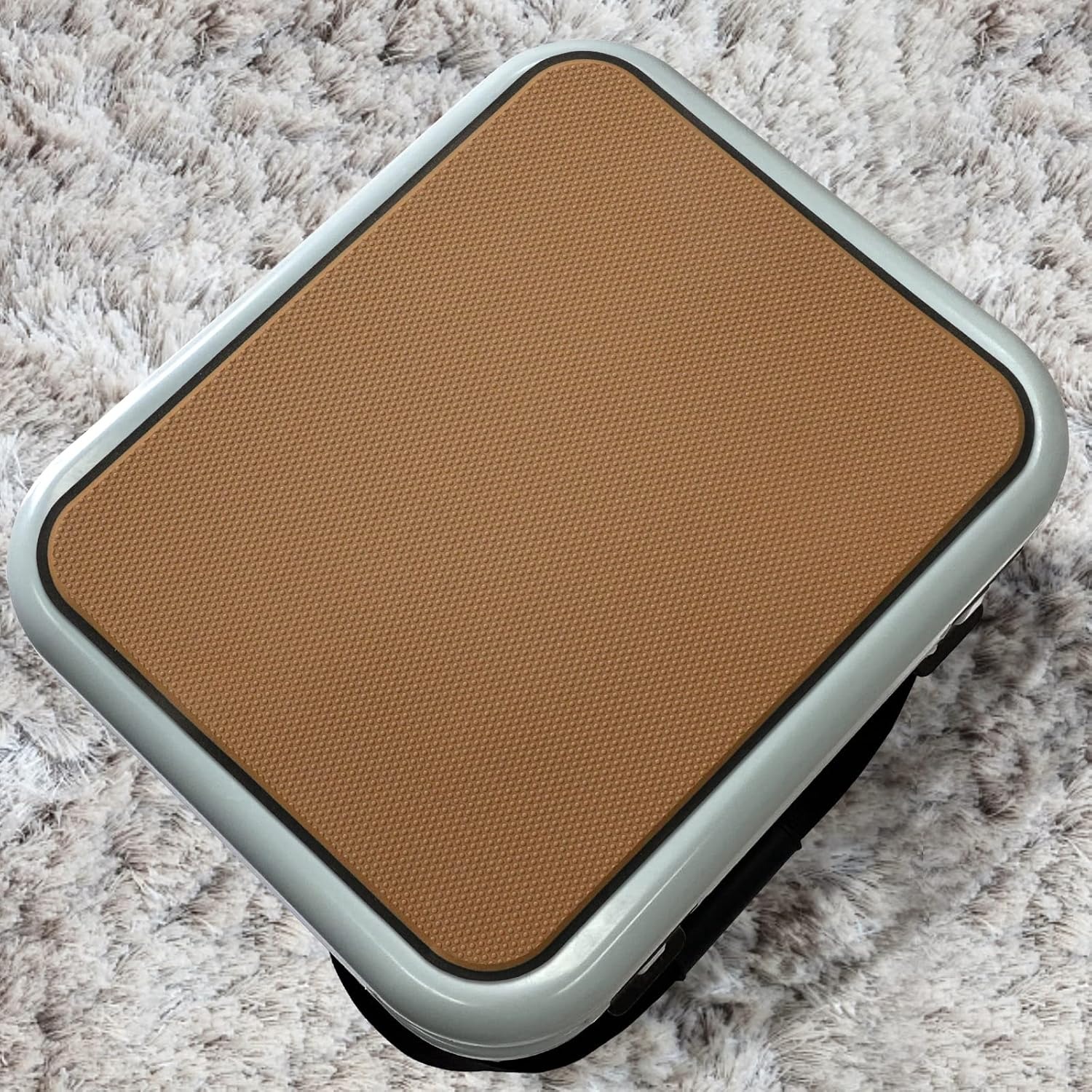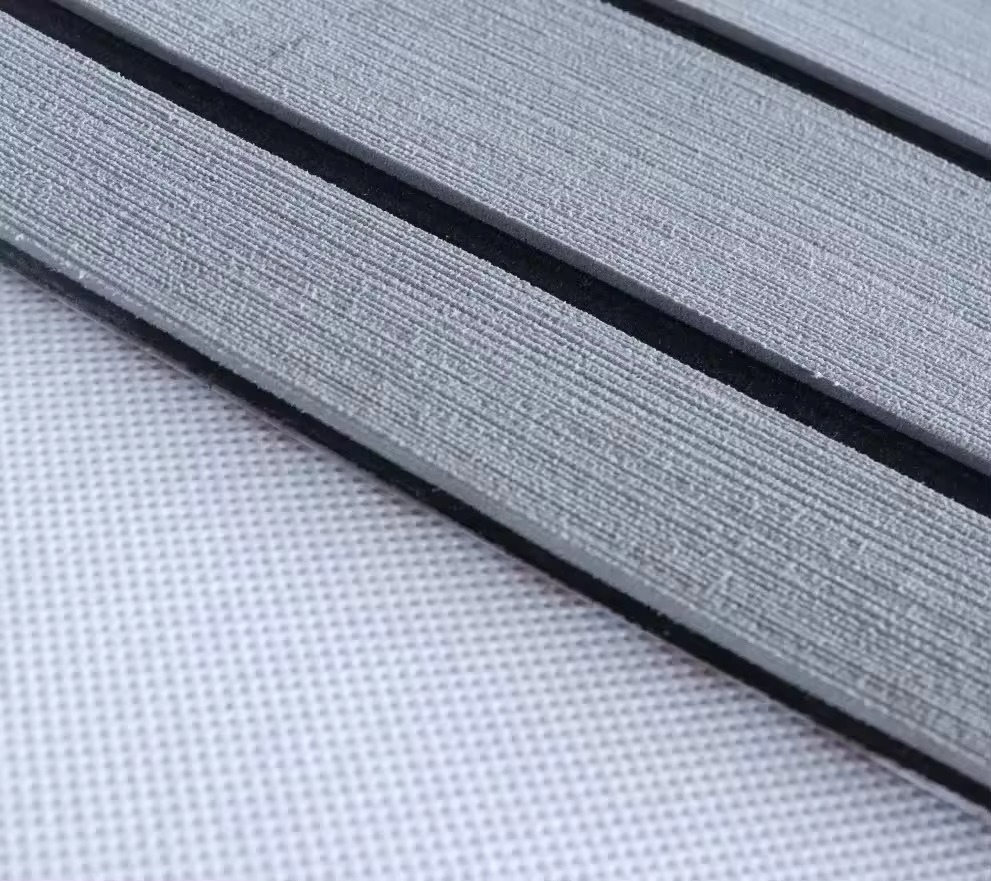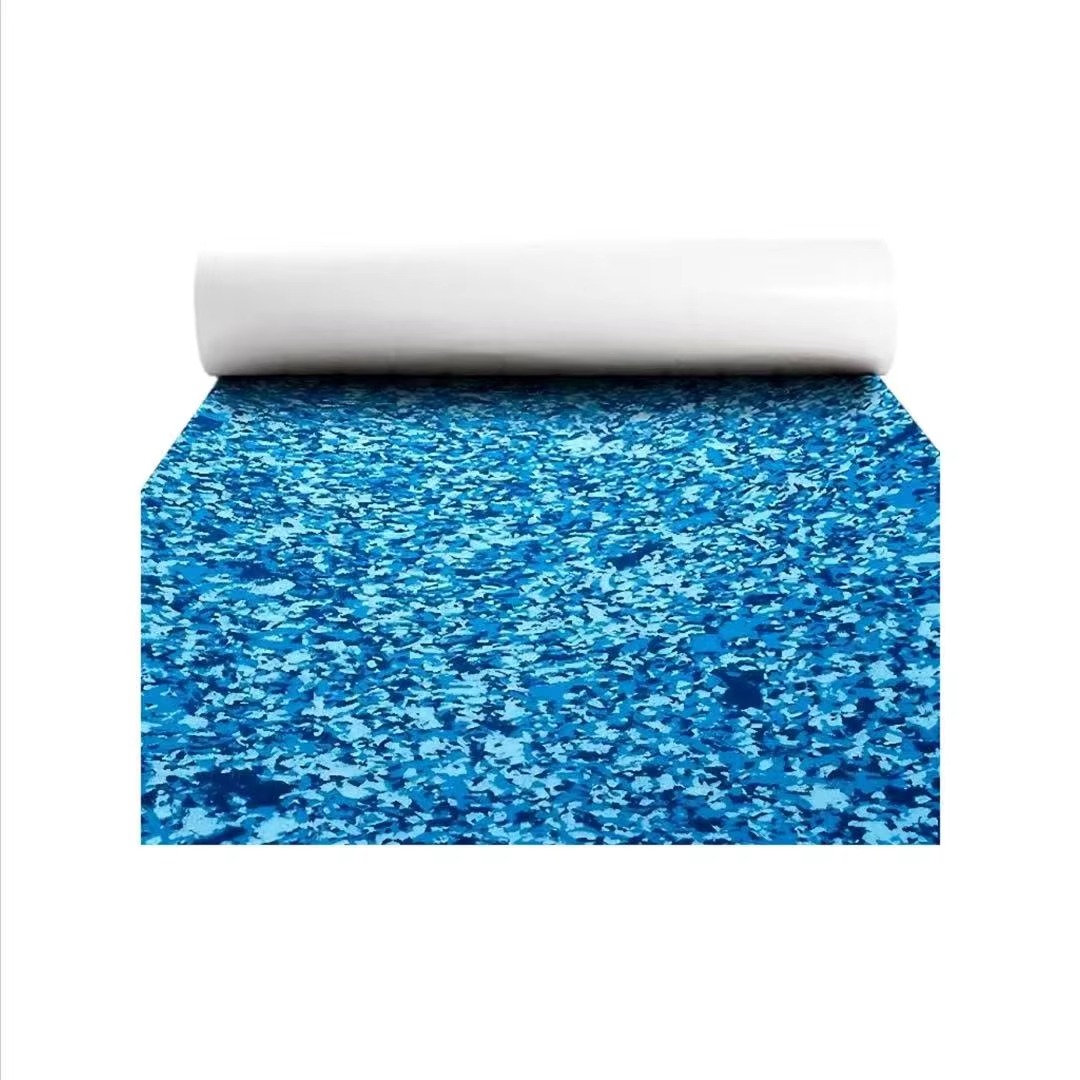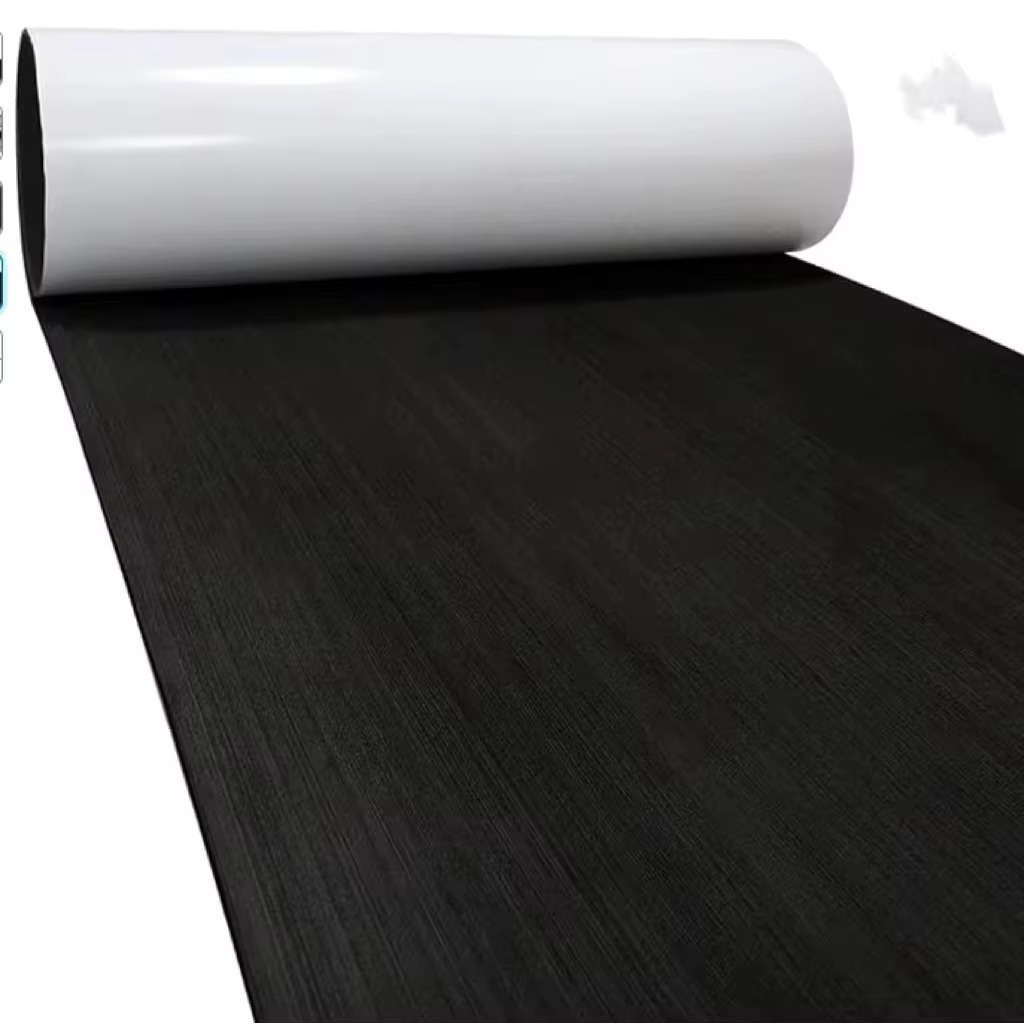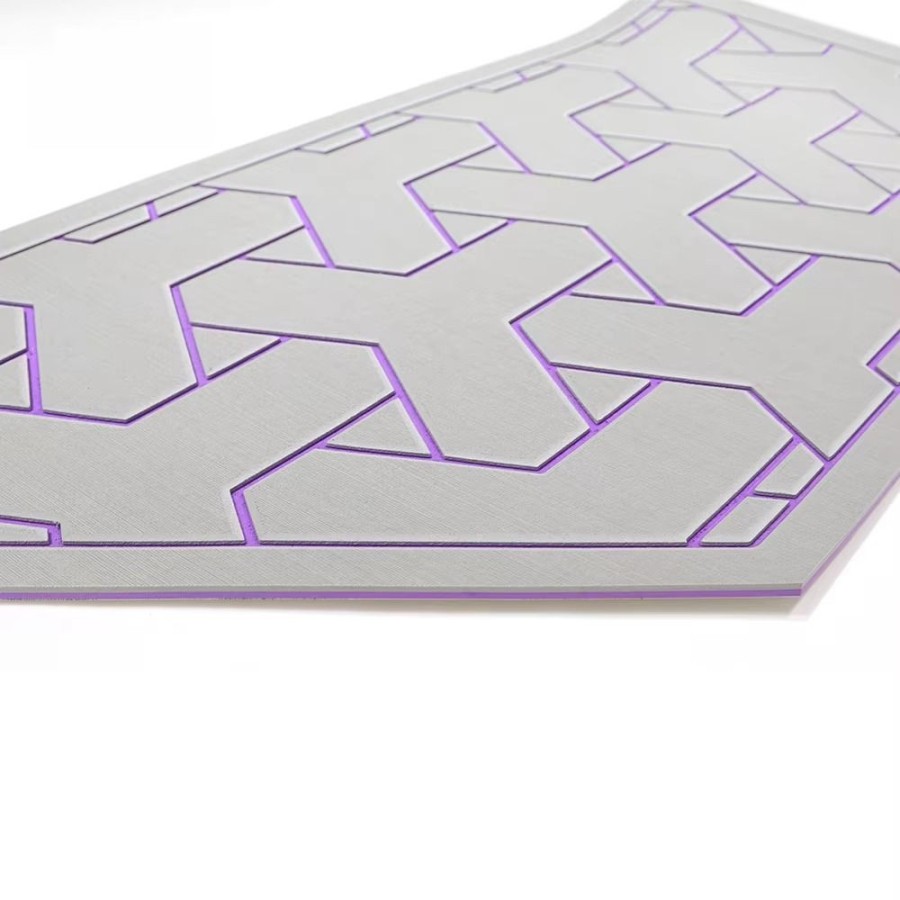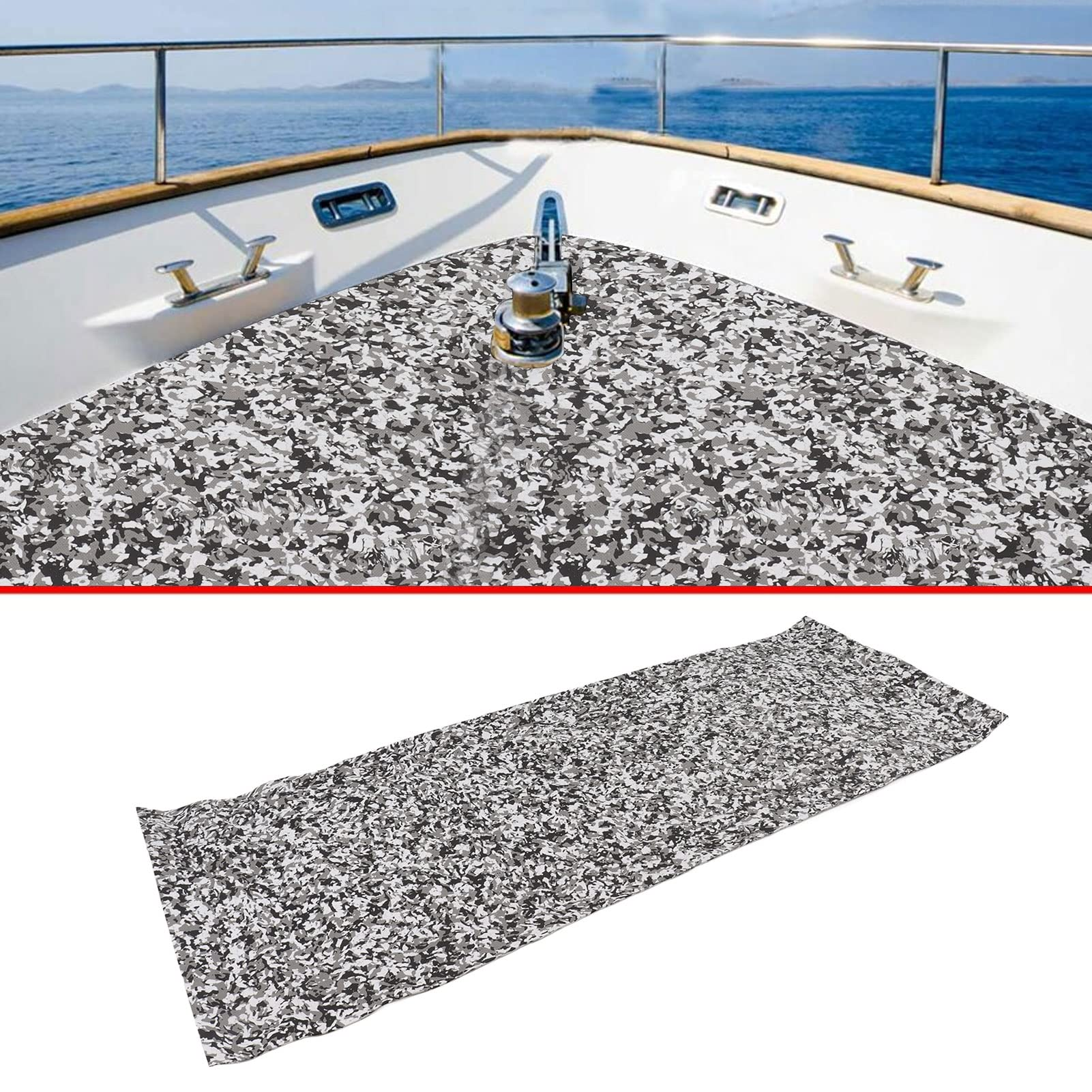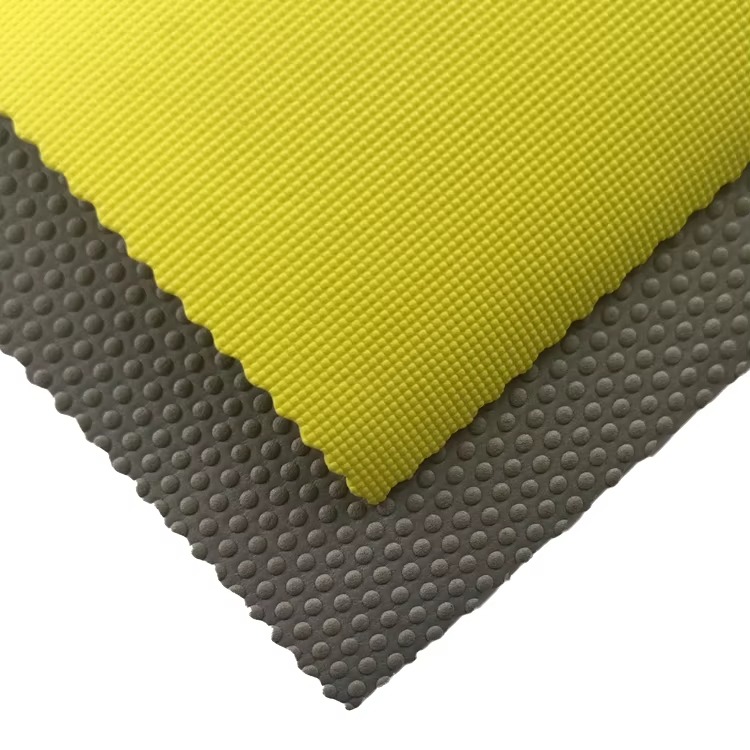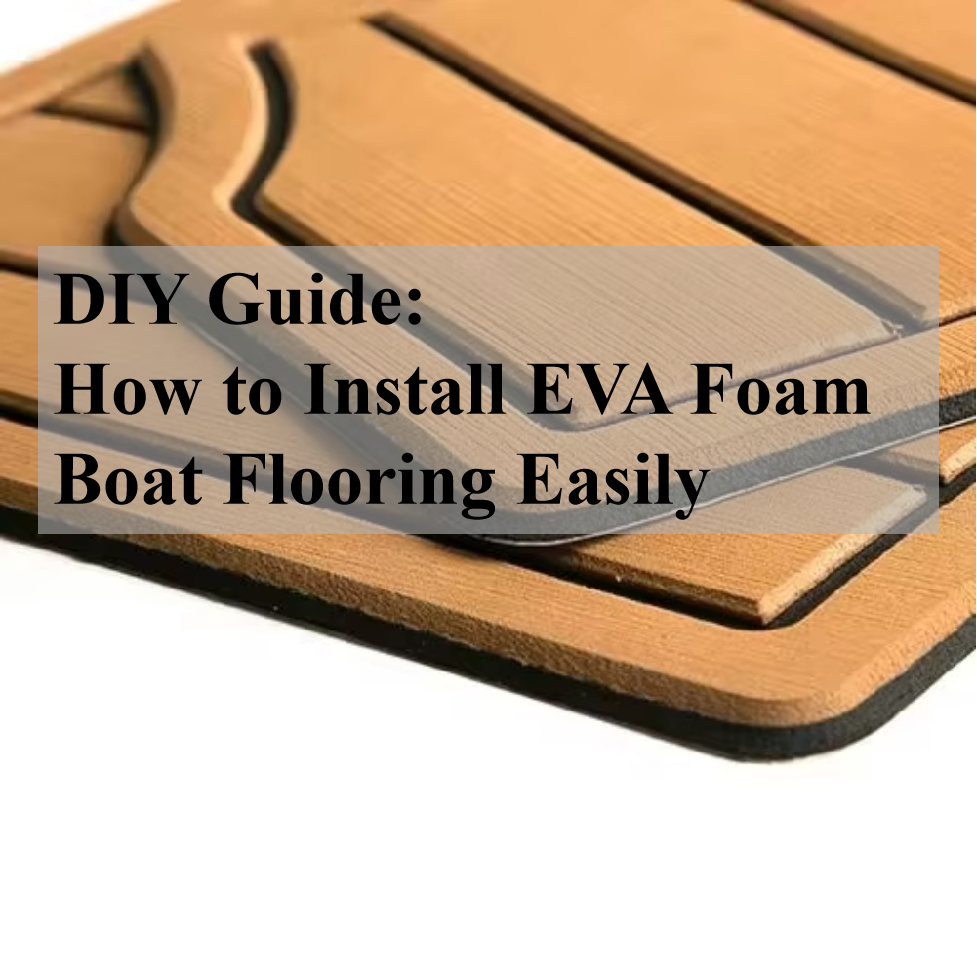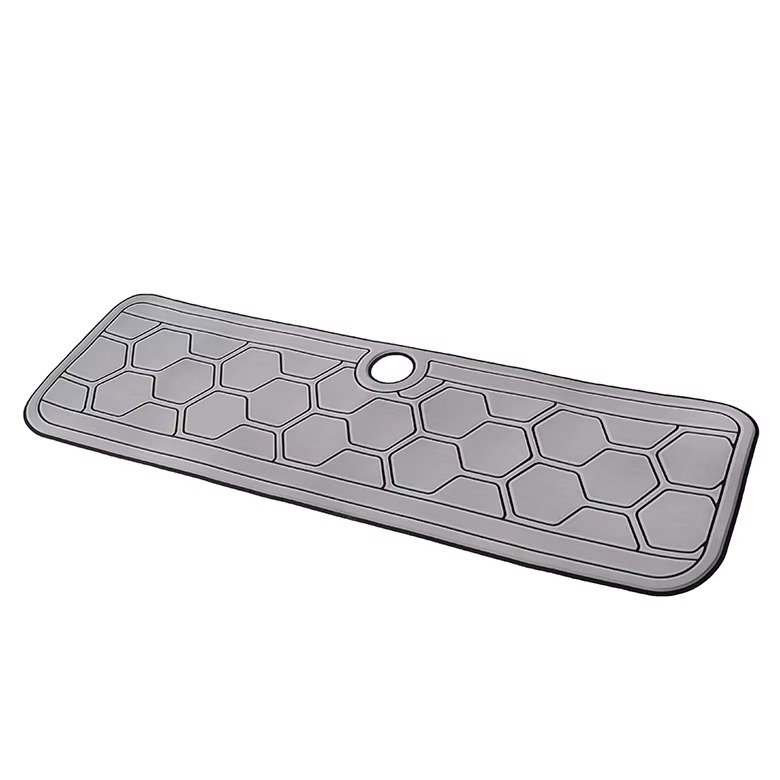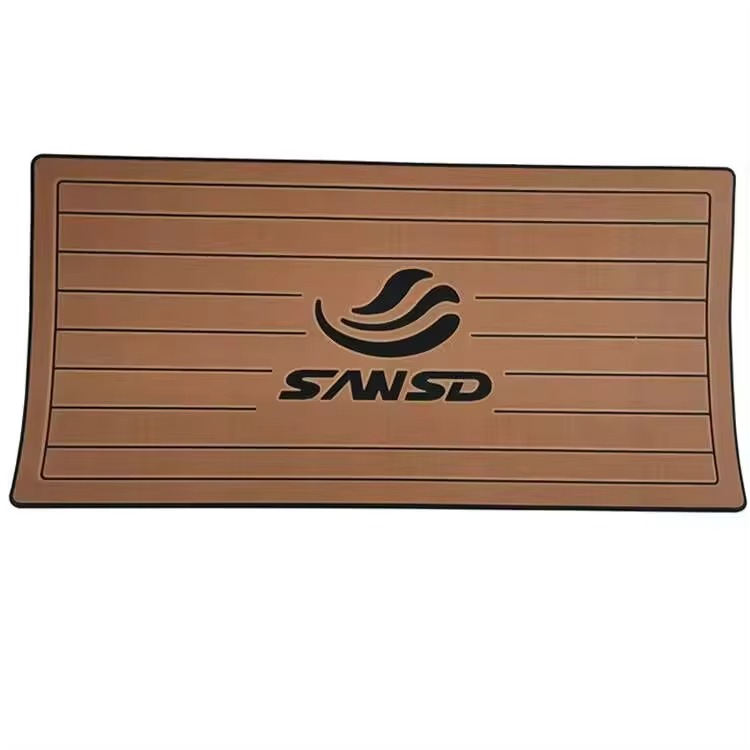
Lorem ipsum dolor sit amet, consectetur adipiscing elit, sed do eiusmod Lorem ipsum dolor sit amet consectetur adipiscing elit, sed do eiusmod lorem ipsum
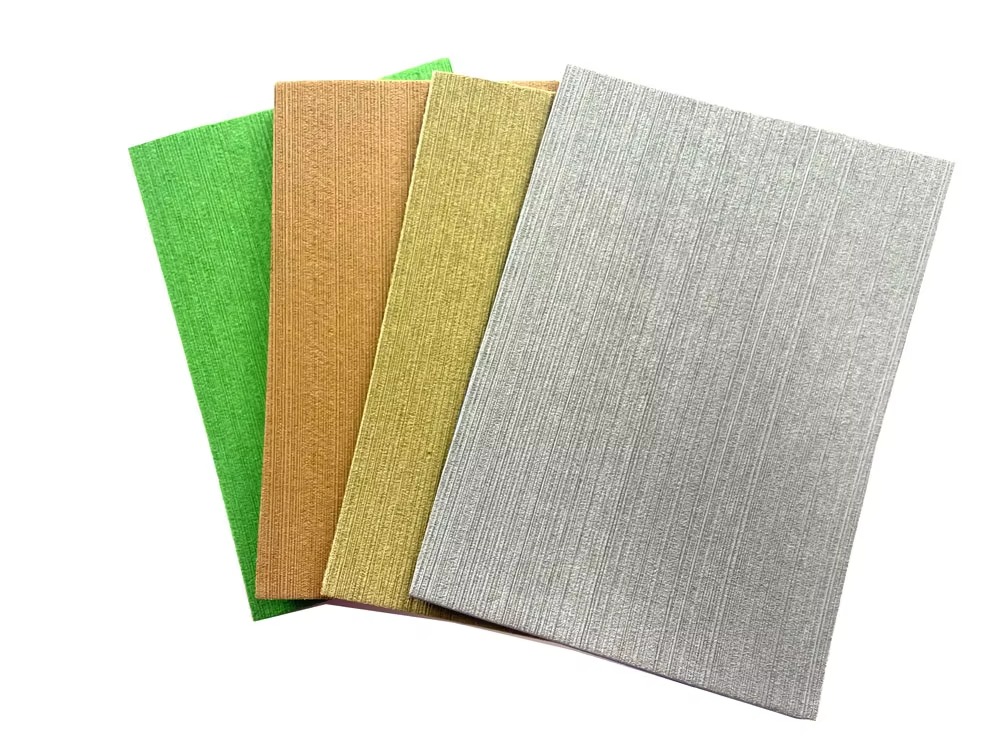
Wholesale Laminated EVA Foam Boat Flooring
Home Table of Contents Part BOAT FLOORING Size 1200*2400 Thickness 6mm Hardness 50°~55° MOQ 10 Sheets Packing Carton Color grey

10 Boat Deck Design Ideas to Make Your Boat Look Bigger
EVA foam sheets have become the preferred flooring material for small to medium-sized boats.
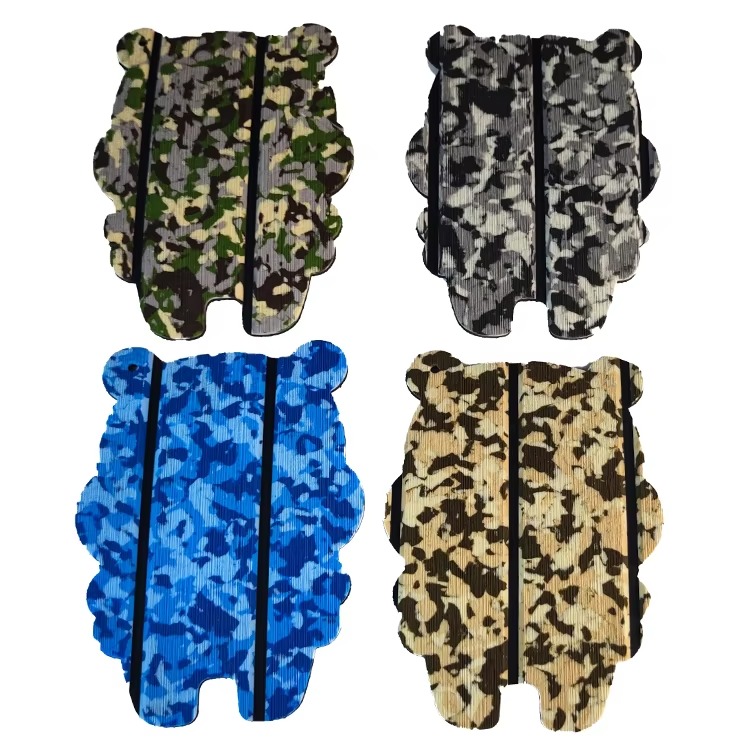
Bulk EVA Foam Boat Decking
Home Table of Contents Technical Details: Diamond Texture EVA Foam Decking Product Bulk Diamond Texture EVA Foam Boat Decking Material



